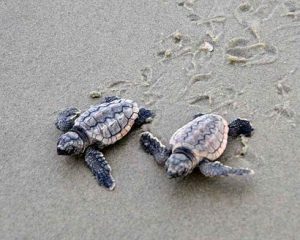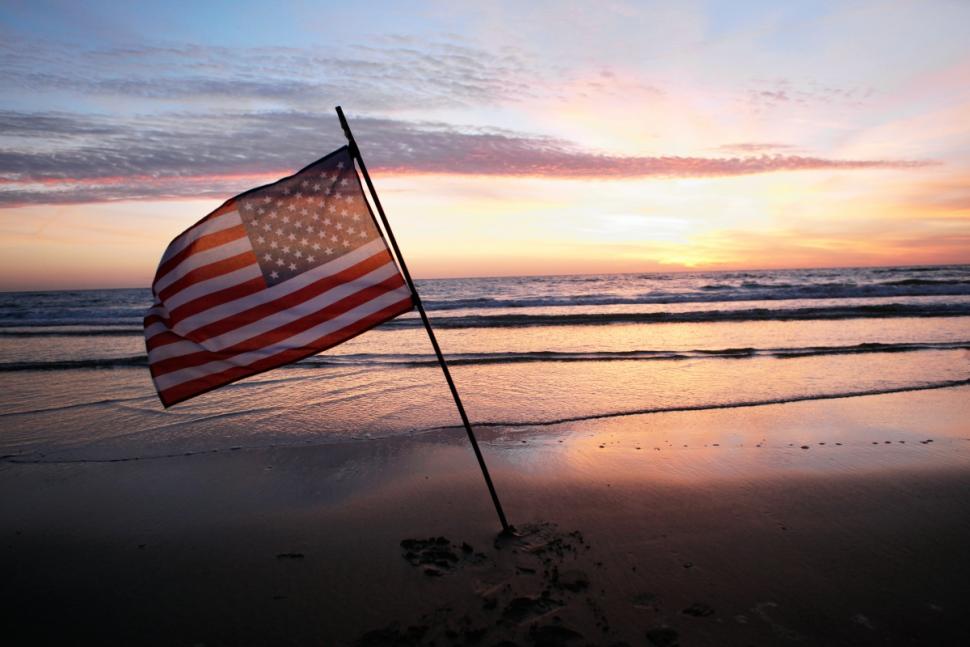Did you know the temperature of a sea turtle’s nest determines whether the hatchlings will be male or female? A warmer nest produces mostly females, a cooler nest produces mostly males (hence the headline).
Turtle nesting season starts on the west coast of Florida on May 1st (although the SCCF starts counting nests April 15th.) Here are some facts from last year’s season:
- 189 Loggerhead nests on Captiva
- 650 Loggerhead nests on Sanibel
- 2 Green turtle nests on Captiva
- 34 Green nests on Sanibel
Leatherback turtle nests are a rare event.
If you take your kids for a late-night beach walk while at ‘Tween Waters, you may spy a sea turtle crawling out of the water, or back to sea after laying her eggs. If you do, don’t approach her or shine light in her direction. They spook easily. The best thing to do is quietly admire the glorious gift you’ve been given to witness something so amazing.
Fun fact: To lay their eggs, female turtles return to the same beach where they were hatched!
Want to help sea turtles? Before leaving the beach, flatten any sand castles, fill in any holes, and remove toys and chairs. These are all obstacles for a crawling turtle or hatchling. You can also check for dangers, like trash or fishing line, and dispose of it properly.
Since hatchlings use their instincts to crawl toward moonlight on the water, any other light can be hazardous. At ‘Tween Waters, we do our part by reminding you to keep curtains closed at night, dimming balcony lights, and keeping lights away from the beach.
So remember, from May to October, it’s “Lights Out for Sea Turtles.”
Happy Turtle Season!

During sea turtle nesting season, keep porch lights out and blinds closed at night (they need to find moonlight on the water, not false light on shore).

Sea turtle tracks and a marked nest.




